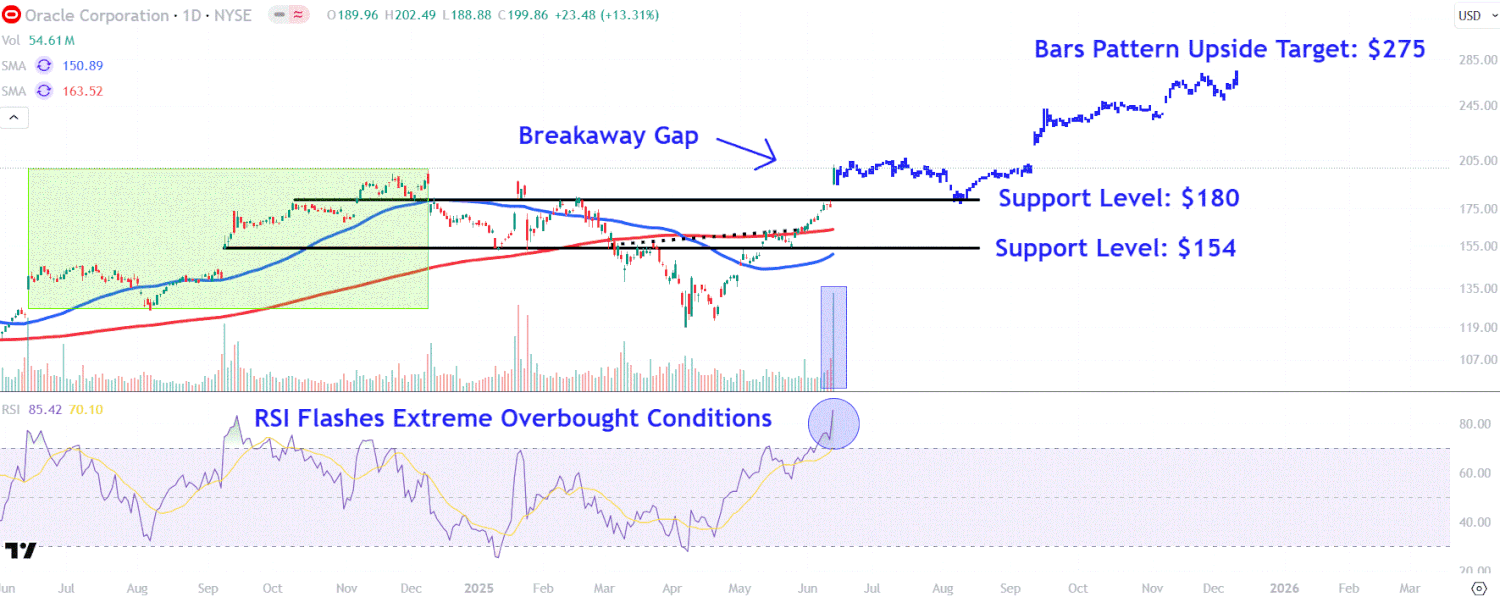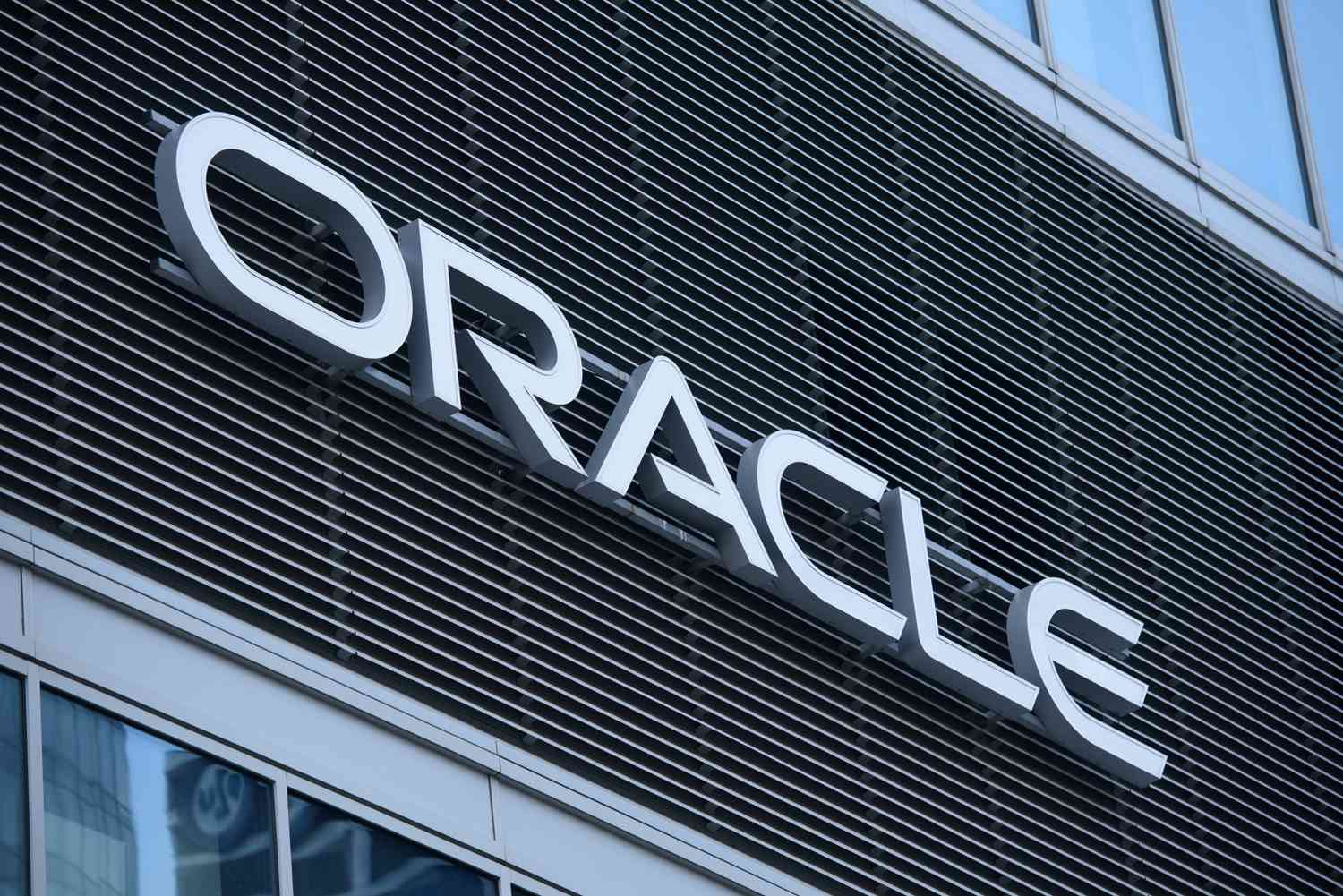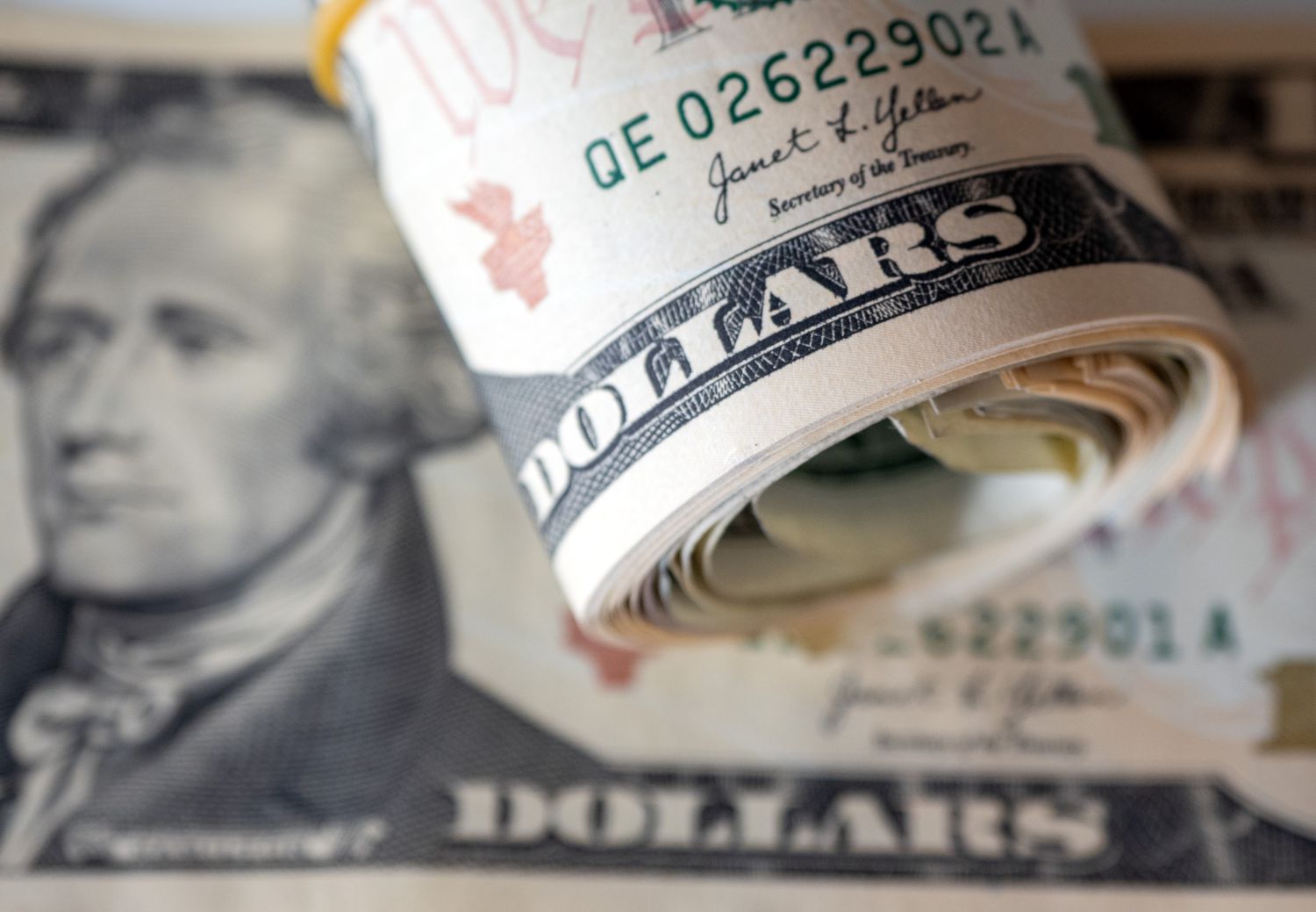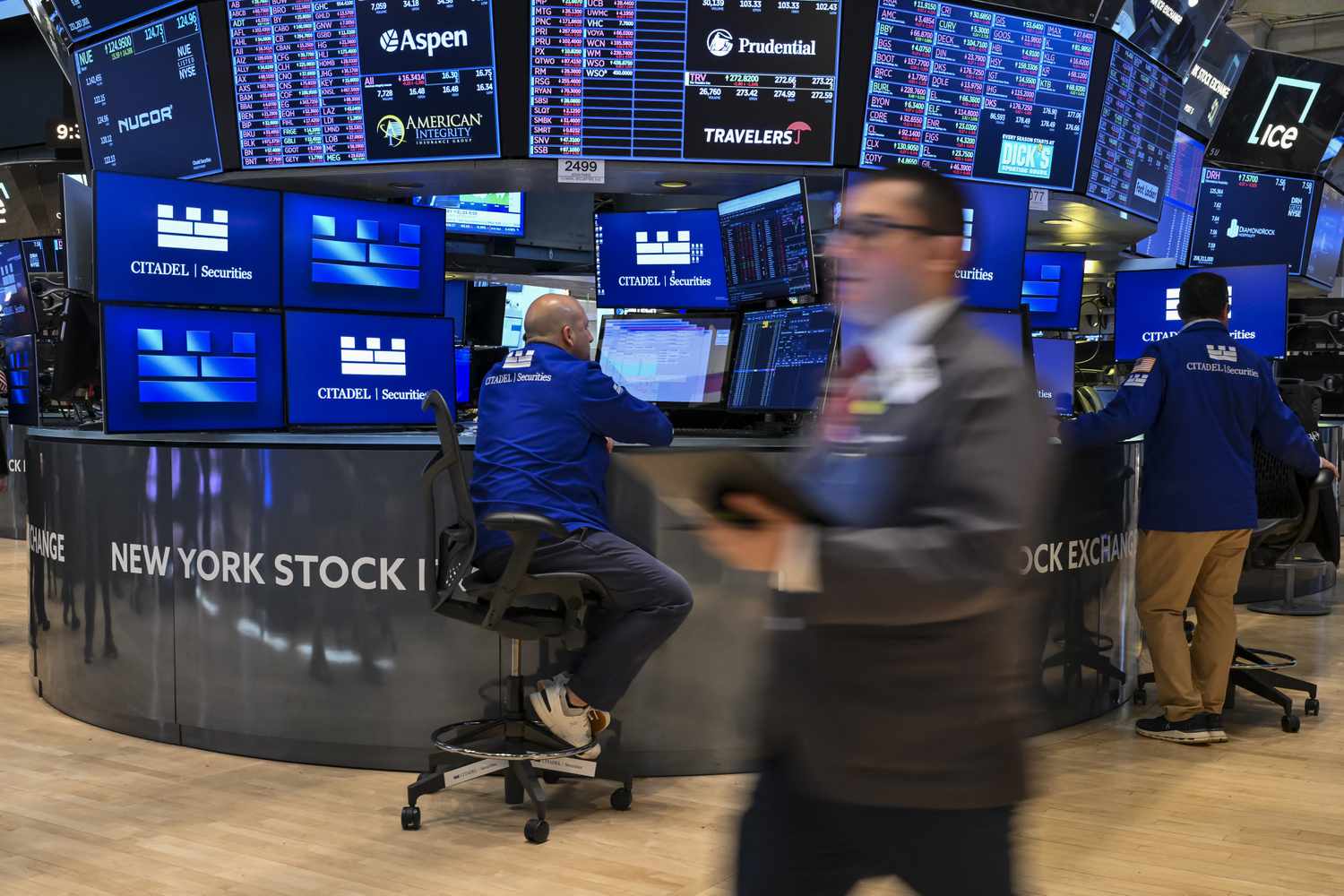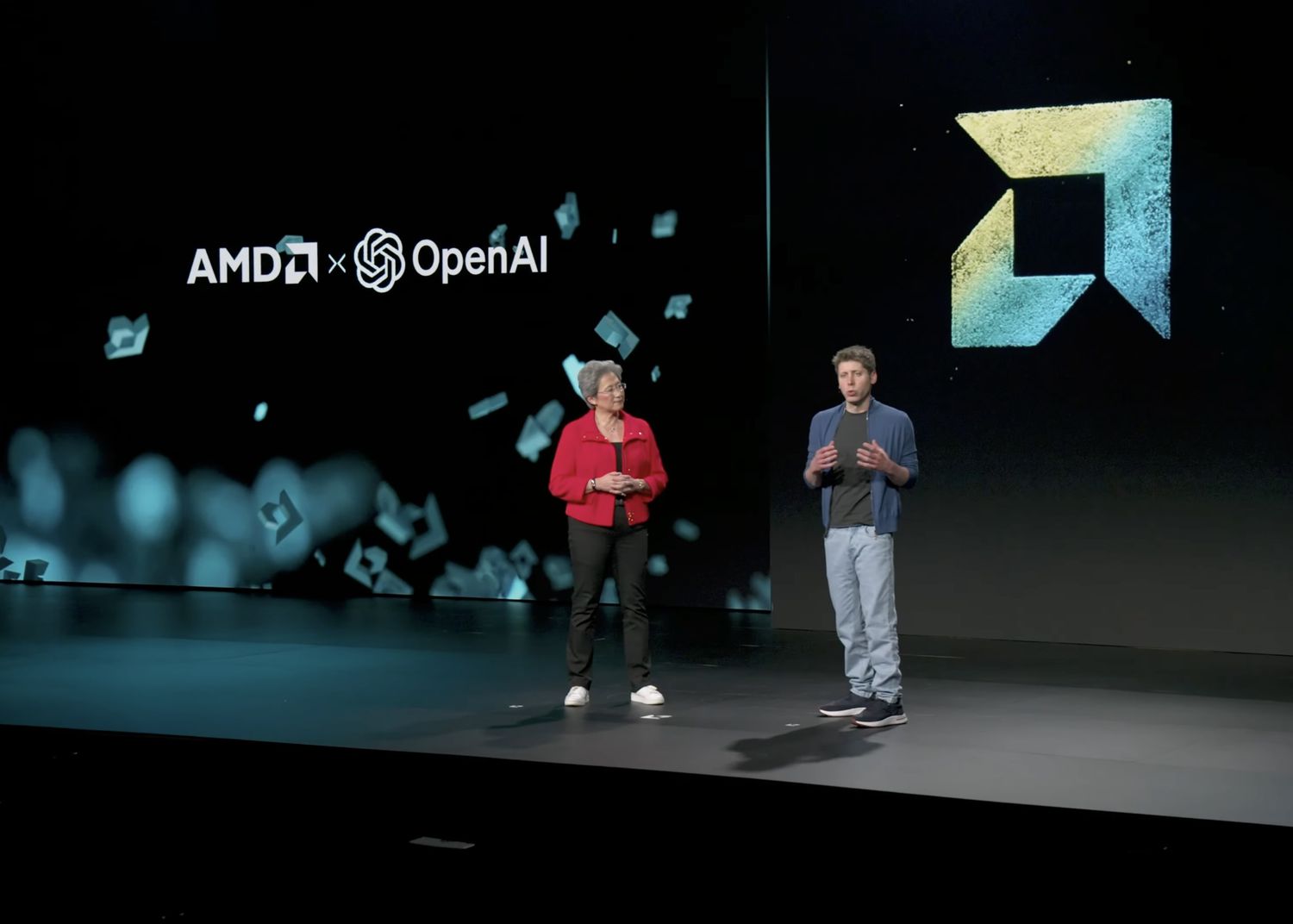Top CD Rates Today, June 12, 2025


Key Takeaways
- The nation-leading CD rate continues to be 4.60%, available from Newtek Bank for a 9-month term that locks in your APY until March 2026.
- Following the overall leader and a new 6-month certificate promising 4.51% APY, 16 CDs offer 4.50%, with terms as short as 3 months—from PonceBankDirect—or as long as 21 months from PenAir Credit Union.
- Alternatively, you can secure 4.32% for 3 years from Genisys Credit Union or 4.28% for 4-5 years from Lafayette Credit Union.
- While the Fed isn’t likely to cut rates soon, reductions could arrive later this year.
Below you’ll find featured rates available from our partners, followed by details from our ranking of the best CDs available nationwide.
4.60% for 9 Months or 4.50% Until March 2027
Today’s best CD rate in the country comes from Newtek Bank, which is paying 4.60% on a 9-month term, extending your rate lock into 2026. It’s one of four CDs that have joined top APY slots in the past nine days. The other three are yesterday’s new addition of a 6-month offer from Rising Bank guaranteeing 4.51%, a 4.45% 12-month CD unveiled earlier this week by T Bank, and the PenAir certificate mentioned below that leads in the 2-year term.
Beyond the 4.60% national leader, a slew of institutions are offering 4.50%: from PonceBankDirect for 3 months, to Abound Credit Union and Vibrant Credit Union for 1 year, and even a 21-month offer from PenAir Credit Union. PenAir’s CD would guarantee your rate all the way until March 2027.
All Federally Insured Institutions Are Equally Protected
Your deposits at any FDIC bank or NCUA credit union are federally insured, meaning you’re protected by the U.S. government in the unlikely case that the institution fails. Not only that, but the coverage is identical—deposits are insured up to $250,000 per person and per institution—no matter the size of the bank or credit union.
Consider Longer-Term CDs To Guarantee Your APY Further Into the Future
Want a longer rate lock at a slightly lower rate? You can stretch your savings until December 2027 with a 30-month offer from Genisys Credit Union that guarantees 4.32% APY.
Savers who can sock their money away for even longer might like the leading 4-year or 5-year certificates. You can snag a 4.28% rate for 4 years from Lafayette Federal Credit Union. In fact, Lafayette promises the same 4.28% APY on all its certificates from 7 months through 5 years, letting you secure that rate as far as 2030.
Multiyear CDs are likely smart right now, given the possibility of Fed rate cuts later in 2025, and perhaps also in 2026. The central bank lowered the federal funds rate by a full percentage point last fall and could restart rate cuts in the coming months. While any interest-rate reductions from the Fed will push bank APYs lower, a CD rate you secure now will be yours to enjoy until it matures.
Today’s Best CDs Still Pay Historically High Returns
It’s true that CD rates are no longer at their peak. But despite the pullback, the best CDs still offer a stellar return. October 2023 saw the highest CD rates push briefly to 6%, while today’s leading rate is 4.60%. But compare that to early 2022, before the Federal Reserve embarked on its fast-and-furious rate-hike campaign. The most you could earn from the very best CDs in the country ranged from just 0.50% to 1.70% APY, depending on the term.
Jumbo CDs Beat Regular CDs in 4 Terms
Jumbo CDs require much larger deposits and sometimes pay premium rates—but not always. In fact, today’s best jumbo CD rates only out-pay the top standard rate in four of the eight CD terms we track. That means it’s smart to always check both types of offerings when CD shopping, and if your best rate option is a standard CD, simply open it with a jumbo-sized deposit.
Institutions are offering higher jumbo rates in the following terms:
- 18 months: Hughes Federal Credit Union is paying 4.50% on a 17-month jumbo certificate vs. 4.30% for a standard 18-month CD.
- 3 years: Hughes Federal Credit Union offers 4.34% for a 3-year jumbo CD vs. 4.32% for the highest standard rate.
- 4 years: Lafayette Federal Credit Union offers 4.33% for a 4-year jumbo CD vs. 4.28% for the highest standard rate.
- 5 years: Both GTE Financial and Lafayette Federal Credit Union offer 4.33% for jumbo 5-year CDs vs. 4.28% for the highest standard rate.
In the 1-year term, meanwhile, the top standard and jumbo CDs pay the same rate of 4.50% APY.
Where Are CD Rates Headed in 2025?
In December, the Federal Reserve announced a third rate cut to the federal funds rate in as many meetings, reducing it a full percentage point since September. But following its announcement last month, the central bank has opted to hold rates steady at all three of its 2025 meetings to date.
The Fed’s rate cuts last year represented a pivot from the central bank’s historic 2022–2023 rate-hike campaign, in which the committee aggressively increased interest rates to combat decades-high inflation. At its 2023 peak, the federal funds rate climbed to its highest level since 2001—and remained there for nearly 14 months.
Fed rate moves are significant to savers, as any reductions to the fed funds rate will push down the rates that banks and credit unions are willing to pay consumers for their deposits. Both CD rates and savings account rates reflect these changes to the fed funds rate.
Time will tell what exactly will happen to the federal funds rate in 2025 and 2026—as tariff activity from the Trump administration has paused the Fed’s course as policymakers await clear data. But with more Fed rate cuts possibly arriving later this year, today’s CD rates could be the best you’ll see in a while—making now a smart time to lock in the best rate that suits your personal timeline.
Daily Rankings of the Best CDs and Savings Accounts
We update these rankings every business day to give you the best deposit rates available:
Important
Note that the “top rates” quoted here are the highest nationally available rates Investopedia has identified in its daily rate research on hundreds of banks and credit unions. This is much different than the national average, which includes all banks offering a CD with that term, including many large banks that pay a pittance in interest. Thus, the national averages are always quite low, while the top rates you can unearth by shopping around are often 5, 10, or even 15 times higher.
How We Find the Best CD Rates
Every business day, Investopedia tracks the rate data of more than 200 banks and credit unions that offer CDs to customers nationwide and determines daily rankings of the top-paying certificates in every major term. To qualify for our lists, the institution must be federally insured (FDIC for banks, NCUA for credit unions), the CD’s minimum initial deposit must not exceed $25,000, and any specified maximum deposit cannot be under $5,000.
Banks must be available in at least 40 states. And while some credit unions require you to donate to a specific charity or association to become a member if you don’t meet other eligibility criteria (e.g., you don’t live in a certain area or work in a certain kind of job), we exclude credit unions whose donation requirement is $40 or more. For more about how we choose the best rates, read our full methodology.
